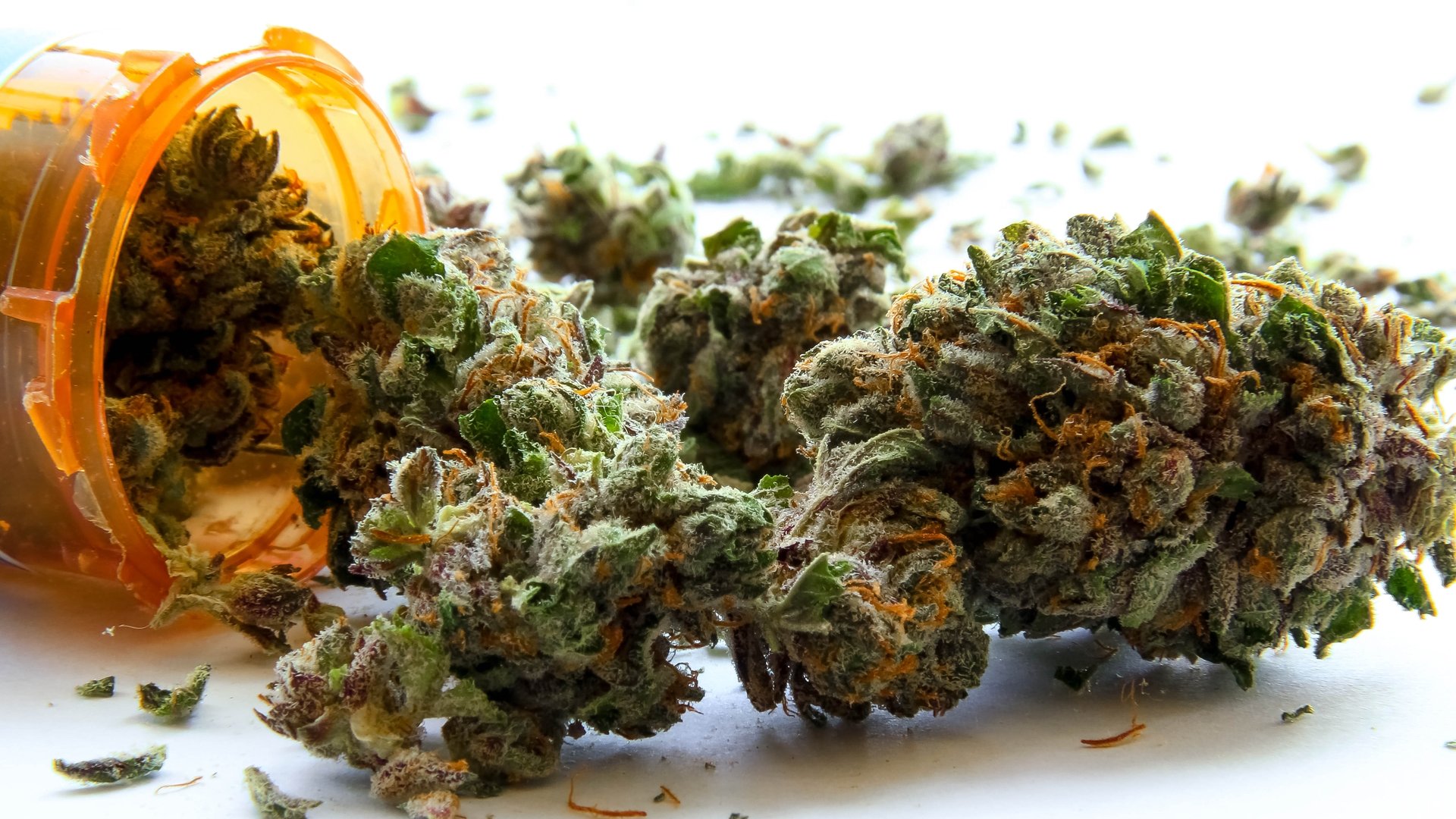Marijuana: Primary Hallucinogen

Marijuana Addiction
For many decades Marijuana Addiction has been the most widely used illicit drug in the United States. A derivative of the Indian hemp plant, it contains hundreds of chemical components. However, the “appeal” of the drug comes from the levels of THC contained in the plant’s leaves and stems. THC (Tetrahydrocannabinol) is the major psychoactive component and one of the 113 cannabinoids recognized in cannabis. These vary in the plants from very small trace amounts to as much as 5% in agriculturally developed products intended for smokers. Special refinements can increase THC to nearly 50% in some hash oils.
THC is not the simple drug many people claim it to be. Cannabis and its stronger variety, sinsemilla, are sources for hashish, “black tar,” and hash oil. Hashish is an ancient hallucinogenic, and as with all THC-based drugs, it can induce severe paranoia and intense anxiety. Research on nearly all marijuana and its derivatives has been extensive in the past twenty years. Conclusions indicate THC can disrupt or reduce short-term memory, adversely affect the ability to concentrate, and cause disorientation in such tasks as operating a vehicle.
Marijuana consumption has long been considered the first indicator for later substance abuse. Psychological dependencies on Marijuana Addiction have been documented as well. Alterations in the brain of long-term users have been compared similarly to those encountered in persons abusing other, more addictive substances.
Frequently used in conjunction with alcohol and other drugs, marijuana can induce added stress on the physical health of the user. Heart rate and blood pressure have been detected at much higher levels when marijuana is added to other drugs. The consequence is a greater effect on the cardiovascular system and a longer time needed to return to normal levels. When smoked marijuana is unfiltered, lung damage can be comparable to that experienced by cigarette smokers. The amount of tar inhaled by marijuana smokers is four to five times greater than that found with cigarette use.
Some additional facts about marijuana:
Assigning nicknames to marijuana is almost a hobby and some still in common use may be traced back for generations. A recent survey listed more than 200 names with more added regularly.
Marijuana is incorporated into countless end products. These may include food items, customized cigars, or combined with other drugs such as cocaine and other inhalants.
Use of marijuana usually peaks during the teen years and as a result is often termed an “entry-level” drug that paves the way to more addictive substances.
Researchers are exploring the possibility that long-term usage affects the brain and can establish a pattern for later addictions.
Marijuana’s intoxicating effects usually fade after about three hours. However, THC can be detected in the bloodstream for days or weeks after heavy use.
Some of the drug’s most harmful effects are traceable to its impact on alertness, coordination, and reaction time. This presents a problem when marijuana users drive motor vehicles.
Marijuana Addiction impact on health extends beyond just the immediate effects of intoxication. Long-term use has been linked to several chronic health problems, particularly concerning mental health. Studies suggest that heavy marijuana use can increase the risk of developing anxiety disorders, depression, and even psychosis in predisposed individuals. This is especially true for young users whose brains are still in the crucial stages of development. The earlier Marijuana Addiction use begins, the more likely it is to lead to lasting cognitive impairments, such as difficulties with learning, attention, and memory retention.
Additionally, the physical effects of long-term Marijuana Addiction use are significant. Chronic users are more likely to suffer from respiratory problems, as regular inhalation of smoke irritates the lungs and can lead to chronic bronchitis. While marijuana has been explored for its potential medical benefits, it is crucial to weigh these against the risks, especially when used recreationally or in high amounts. There is ongoing debate about marijuana’s potential as a gateway drug, with some research indicating that those who start with Marijuana Addiction may be more likely to experiment with more dangerous substances later in life.
Despite these concerns, there has been a growing push for the legalization and regulation of Marijuana Addiction , often due to its potential medicinal applications and the perception of it being a “safer” drug. However, understanding its risks is essential for making informed decisions regarding its use.
